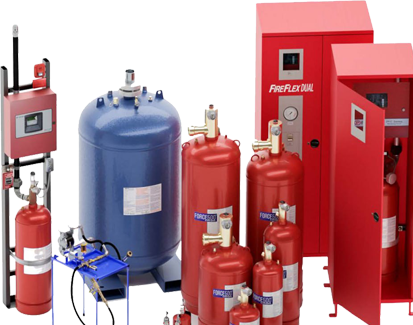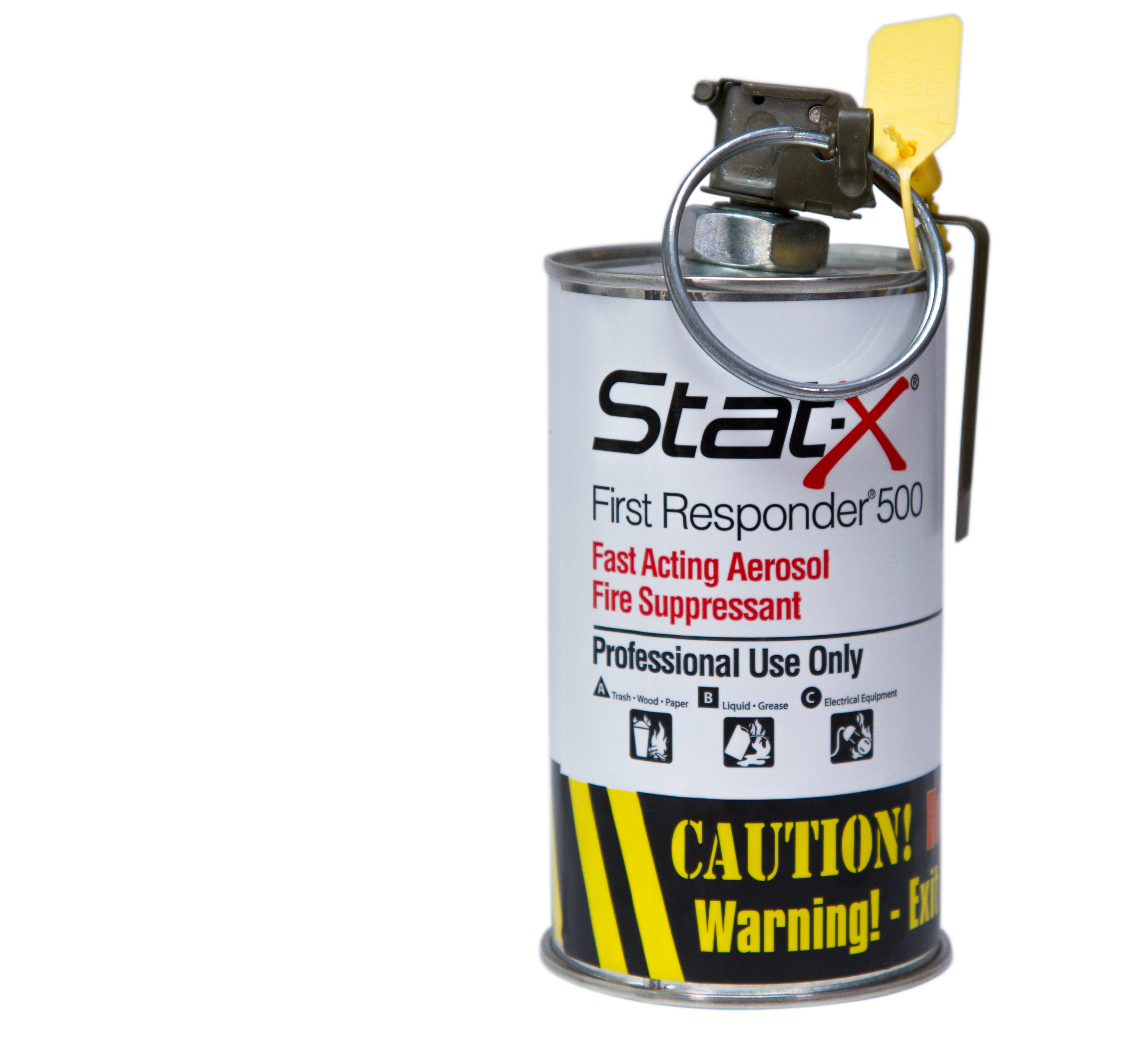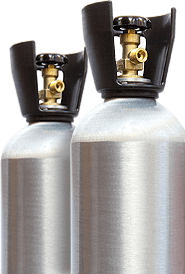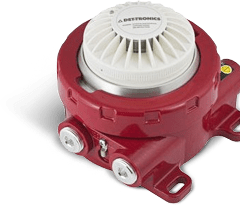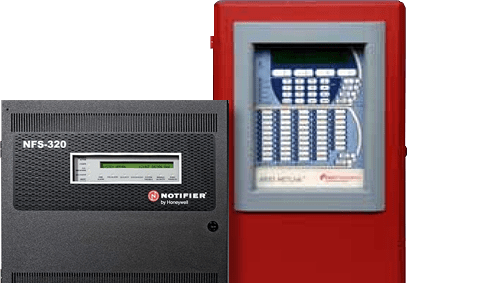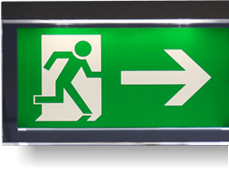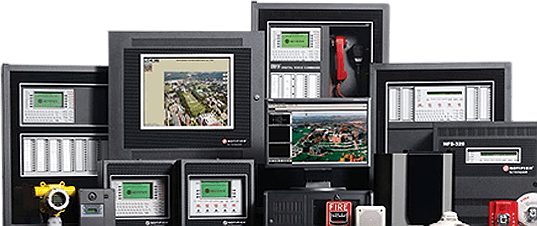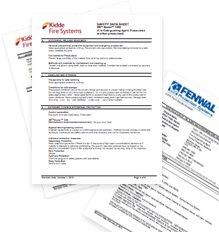Protecting EV Charging Stations with Advanced Fire Suppression Systems

The surge in the popularity of electric vehicles has surprised many experts. This number of electric vehicles in use is expected to continue to rise in the future, expanding demand for public charging stations. These charging stations come with their own set of risks that must be addressed and mitigated to ensure the safety of the driving public.
Why Fire Safety Is Critical for EV Charging Infrastructure
Electric vehicles continue to emerge as a growing and important segment of the transportation industry in Canada. According to Electric Autonomy Canada, a 33 percent growth in the number of EV charging stations was seen in the 12 months prior to March 2024.
Explore further
The problems of thermal runaway, the high energy density of EV batteries, and the need for large electrical service to the charging stations increase risk for both users and firefighters who respond to an emergency. While fires at EV charging stations are still relatively rare, firefighters must be able to respond effectively and safely to these challenges.
Key Fire Risks at EV Charging Stations
Among the usual risks of fire, fire departments also now may encounter new types of danger, such as:
- Thermal runaway is a condition where a rapid increase in temperature may trigger a train reaction in battery components, leading to intense fire or explosions.
- Toxic smoke generated by the lithium materials in the batteries may pose a life hazard to firefighters.
- Electric vehicles rely on exotic materials for other parts of the automobile. These materials may contribute further to the fire and attendant hazardous conditions.
Challenges in Fire Suppression for EV Charging Areas
Traditional fire suppression methods may not be the best approach in dealing with an EV or an EV charging station fire. Extremely high voltage in the vehicle batteries and the charging station infrastructure must be considered. Toxic materials that are easily spread with water and airborne contamination are a serious risk. The location of the charging station in confined parking garages or close to high-value property creates additional problems for firefighters.
Advanced Fire Suppression Technologies for EV Charging Stations
Designers must learn to look beyond the traditional methods of fire suppression.
FK-5-1-12 Clean Agent Systems
One of the best new technologies for fire protection in EV charging stations is FK-5-1-12 Clean Agent Systems . Incorporating an FK-5-1-12 system offers several advantages for fire and life safety.
- FK-5-12-1 is environmentally friendly. These systems can be deployed in environmentally sensitive environments without the risk of fire control damage.
- Rapid fire suppression is a key part of the FK-5-12-1 system, meaning educed damage from fire and protects valuable assets and infrastructure.
- EV charging involves large electrical charges. FK-5-12-1 is non-conductive, making it a better choice than water for suppressing high energy fires in charging stations.
- FK-5-12-1 meets the standards set in NFPA 2001, UIL and FM.
Stat-x Aerosol Suppression Systems
Stat-X aerosol suppression systems offer another highly effective clean agent solution—especially in compact or sealed environments like EV charging kiosks, power cabinets, and battery enclosures. Unlike traditional gaseous systems, Stat-X units require no piping, are self-contained, and activate rapidly, making them ideal for both new installations and retrofits. Key risk zones like battery storage cabinets, power distribution units, Level 2 and Level 3 charging kiosks, and inverter enclosures can all benefit from compact, localized suppression systems like Stat-X.
Smart Detection And Integrated Controls
Besides fire suppression agents, smart detection systems using AI and the IoT can help mitigate problems and situations. Faster detection, smarter responses, and more accurate information can lessen the damage caused by an EV charging fire.
People also search
Benefits of Clean Agent Systems in EV Applications
Clean agent fire suppression systems offer designers several benefits. As mentioned above, these systems are safer, cleaner, more environmentally friendly, and do a better job than more traditional fire suppression systems.
Installation Best Practices and Design Considerations
Designers opting to install a clean agent fire suppression system at a new or existing EV charging station must understand the system and the challenges of fire suppression. Among these variables are:
- Any site-specific hazards that may exist.
- Most of these clean agent systems work best in confined space environments, such as cabinets or small enclosures. The placement of nozzles is critical to deliver the agent to the proper location when needed.
- The clean agent system controls must be available at the EV station control panel to allow charging station users the option to activate the system if detection sensors fail.
- Clean agent system requires regular inspection and maintenance. The system must allow these critical functions to be performed easily.
Stat-X systems are particularly valuable in retrofit situations, where traditional suppression systems may be difficult or costly to implement. With no pressurized containers or piping required, installation is simplified—reducing both cost and downtime. As an authorized Stat-X distributor, Control Fire Systems offers certified product lines and end-to-end support—from selection to installation.
Meeting Regulatory and Safety Standards
Designers and installers must understand and abide by the various regulations and ordinances pertaining to fire suppression systems, not just those in EV charging stations. A variety of NFPA regulations, CSA Group Codes, as well as local building and fire codes affect these installations. In addition, insurers may have more stringent requirements.
Final Thoughts: Future-Proofing EV Infrastructure with Smart Fire Protection
As the number of EV charging stations expands across Canada, the number of fires in and around these installations will increase. Designers and installers must be proactive in their planning to mitigate these types of incidents. Integrating new technologies and strategies to provide the best protection will become more important.
For more information, call Control Fire Systems today . Our highly trained professional sales team members can answer your questions quickly and accurately.





